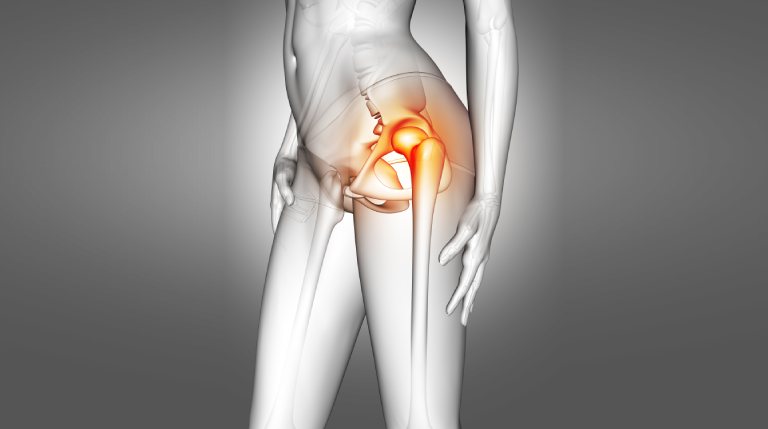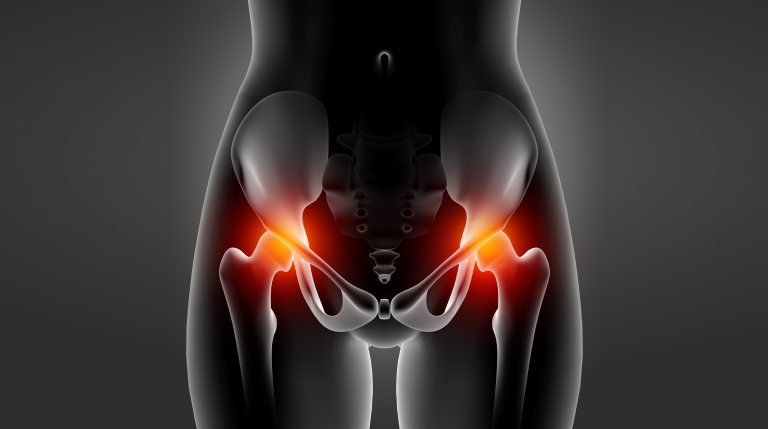
Understanding Meniscus Repair – Indications, Procedure, and Recovery
The knee is a complex and vital joint in the human body, facilitating essential movements from walking to running. The meniscus is central to the knee’s functionality, a C-shaped cartilage that cushions and stabilises the joint. Meniscus tears, a common injury, particularly in athletic and ageing populations, can significantly impair mobility and quality of life. Meniscus Repair, a surgical procedure to address these tears, is crucial for restoring knee functionality and preventing long-term complications. This comprehensive guide delves into what Meniscus Repair entails, when necessary, and the journey to recovery.
The Integral Role of the Meniscus
Function and Significance:
The meniscus is a shock absorber between the thigh and shin bones, distributing weight and reducing friction during movement. Its health is essential for the smooth functioning of the knee joint and overall leg mobility.
Impact of Meniscus Damage:
A damaged meniscus can lead to knee pain, swelling, and instability. It can also contribute to developing osteoarthritis, a degenerative joint disease.
What is Meniscus Repair Surgery?
Surgical Overview:
Meniscus Repair is a procedure aimed at mending the torn meniscus. It involves sewing the torn edges of the cartilage together or, in some cases, removing the irreparable portions.
Arthroscopic Technique:
This surgery is often performed using an arthroscope – a thin tube equipped with a camera and light. This minimally invasive approach enables surgeons to repair the meniscus through small incisions, ensuring a quicker recovery and less scarring compared to traditional open surgery.
Identifying the Need for Meniscus Repair
Symptoms Indicating a Tear:
Key indicators of a meniscus tear include knee pain, swelling, a popping sensation, limited range of motion, and the feeling that the knee is giving way or locking.
Diagnostic Methods:
Accurate diagnosis typically involves a physical examination and imaging tests like MRI scans. These assessments help determine the tear’s size, location, and pattern, which are crucial in deciding the course of treatment.
Weighing the Benefits of Meniscus Repair
Preserving Natural Knee Structure:
Meniscus Repair aims to maintain as much of the natural knee structure as possible, contrasting with meniscectomy, where part of the meniscus is removed.
Long-term Joint Health:
By preserving the meniscus, this surgery reduces the risk of future knee problems, including arthritis, ensuring better joint health in the long run.
The Recovery Process
Immediate Post-Operative Care:
Post-surgery, patients may need to wear a knee brace and use crutches. The RICE (Rest, Ice, Compression, Elevation) method is often recommended to manage swelling and pain.
Rehabilitation Journey:
Physical therapy is a cornerstone of recovery, restoring strength, flexibility, and range of motion. This phase is critical for regaining full knee functionality and returning to normal activities.
Duration of Recovery:
The total recovery time can vary, typically spanning several weeks to a few months, depending on the extent of the repair and the individual’s overall health.
When Meniscus Repair May Not Be Viable
Nature of the Tear:
Not all meniscus tears are suitable for repair. Tears at the inner part of the meniscus, which lacks a good blood supply, often don’t heal well even after surgery.
Patient Factors:
Age, activity level, and overall knee condition play a role in determining the suitability of Meniscus Repair. In some cases, alternative treatments may be recommended.
Dr. Yugal Karkhur’s Perspective on Meniscus Repair
Dr. Yugal Karkhur, an experienced orthopaedic surgeon, stresses the importance of a tailored approach to treating meniscus injuries. His expertise in diagnosing and selecting the appropriate treatment, be it Meniscus Repair or other modalities, ensures optimal outcomes. Dr Yugal’s patient-centric methodology prioritises long-term knee health, guiding patients through the decision-making process and the recovery journey.
In summary, Meniscus Repair is a significant surgical intervention for addressing meniscus tears. This procedure calls for a thorough understanding of its indications, the surgery itself, and the importance of diligent post-operative care. Adhering to the recommended recovery regimen is paramount for a triumphant return to full knee functionality and an active lifestyle.Disclaimer: The content of this blog is intended for educational purposes and should not be considered a substitute for professional medical advice. For personalised healthcare recommendations, please consult a specialist physician. The results of treatments vary from person to person.




